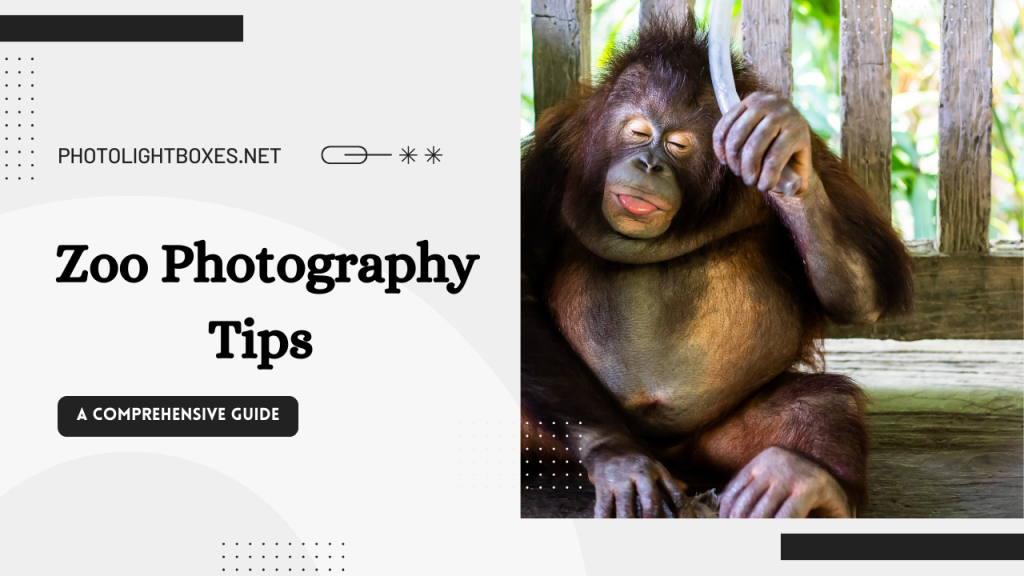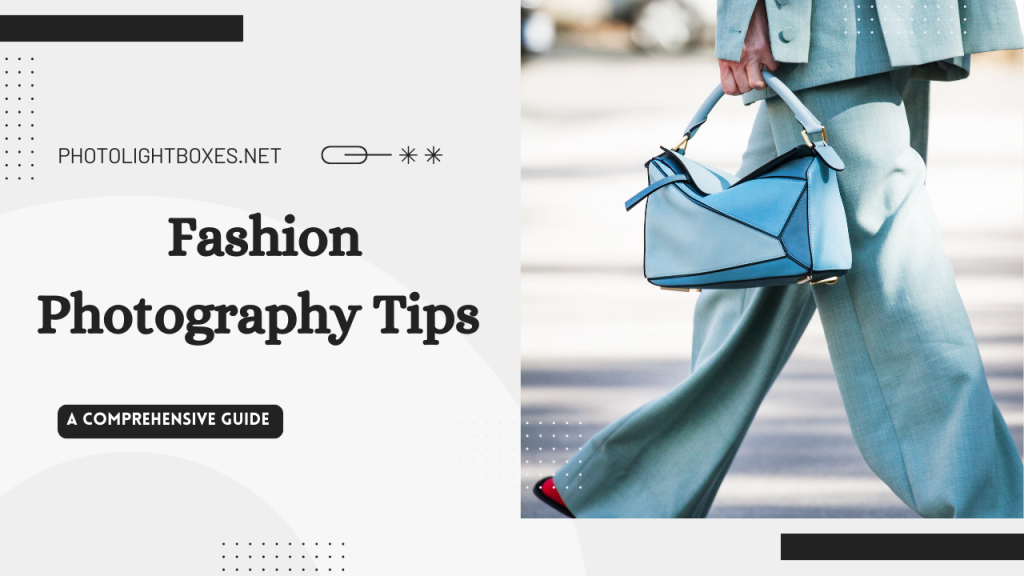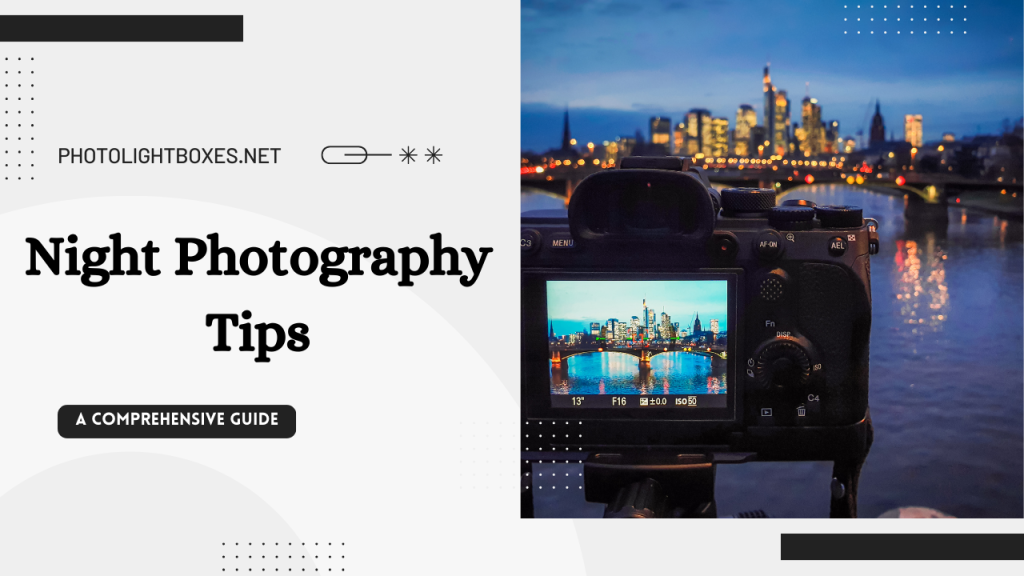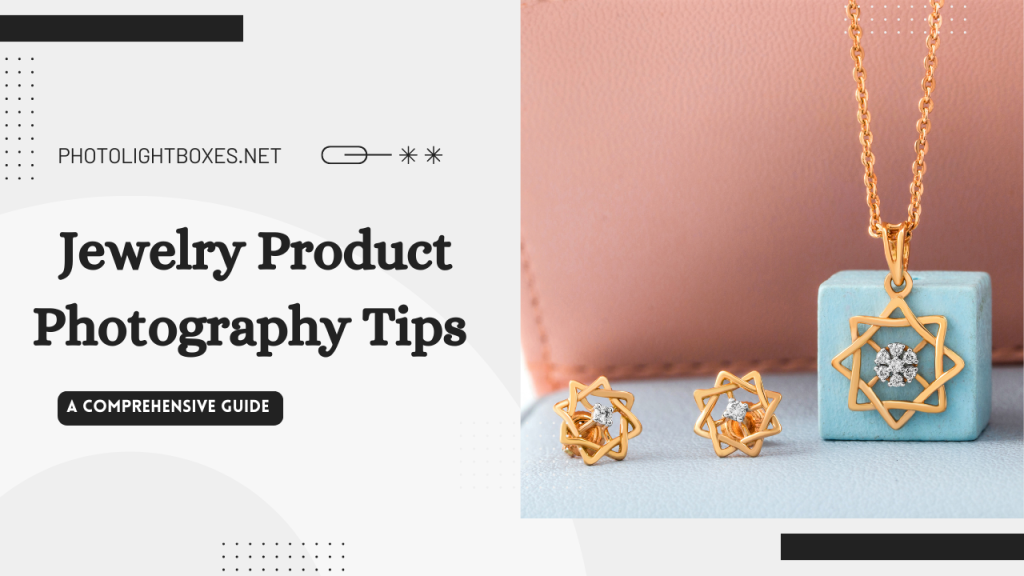Are you ready to take your photography skills to the next level? Well, get ready to be blown away by the mesmerizing art of backdrop lighting techniques. Imagine creating a magical ambience with just the right mix of colours and shadows, transforming an ordinary photo into a work of art. Whether you’re a professional photographer or just someone who loves capturing moments in time, understanding the power of backdrop lighting techniques will revolutionize your images and make them truly stand out from the crowd.
Backdrop Lighting Techniques
Here are some techniques for background lighting
Understanding the Importance of Backdrop Lighting
Backdrop lighting is a technique that focuses on illuminating the background or backdrop of your subject. It’s a deliberate approach to create separation between the subject and the background, allowing your subject to stand out more prominently. While the primary focus is on your subject, the background plays a crucial supporting role in framing and enhancing the overall composition.
Backdrop lighting helps establish context, mood, and atmosphere in your shots. It can transform a mundane setting into a captivating environment that complements your subject. Whether you’re shooting portraits, product photos, or cinematic sequences, backdrop lighting can significantly impact the visual storytelling of your work.
Types of Backdrop Lighting
- Rim Lighting: This technique involves positioning a light source behind your subject at an angle. The light wraps around the edges of your subject, creating a subtle or pronounced glowing rim effect. Rim lighting separates the subject from the background and adds depth and dimension to your shots, making it particularly effective for highlighting contours and creating a sense of depth.
- Silhouette Lighting: Silhouette lighting is achieved by placing a strong light source behind your subject, obscuring the subject’s features. This results in a striking outline of the subject against a brightly lit background, emphasizing shape and form. Silhouettes can convey a sense of mystery, drama, or simplicity, depending on your creative intent.
- Gradient Lighting: Gradient lighting employs a gradual change in light intensity across the background. It creates a smooth transition from one side of the frame to the other, adding depth and dimension to your shots. This technique is commonly used in portrait photography, product photography, and filmmaking to achieve a polished and professional look.
- Colour Wash Lighting: By introducing coloured gels or filters to your backdrop lights, you can infuse your background with vibrant hues or soft tones. Colour-wash lighting sets the mood and evokes emotions, making it a valuable tool for creative storytelling. It can transform a simple backdrop into a captivating visual element.
Techniques for Achieving a Soft Backdrop Light
Creating a soft backdrop light involves diffusing and spreading the light evenly across the background, resulting in a gentle, gradient effect that complements your subject without overpowering it. Here are some techniques to achieve this soft backdrop light:
- Use Softboxes: Softboxes are popular light modifiers that help diffuse light and create a softer, more even illumination on the backdrop. They come in various shapes and sizes to suit your specific needs.
- Position the Light Source Wisely: Place the light source at an angle to the backdrop rather than directly behind the subject. This angled placement allows the light to spread more evenly and creates a gentle gradient.
- Consider Distance: Adjust the distance between the light source and the backdrop to control the intensity of the light. Experiment with different distances to achieve the desired softness.
- Use Reflectors or Bounce Cards: To further soften the backdrop light, you can position reflectors or bounce cards opposite the light source. These will bounce some of the light back onto the backdrop, creating a diffused effect.
- Double Diffusion: If necessary, consider double diffusion by using a diffusion panel or a second layer of diffusion material in front of the light source. This can help create an even softer backdrop light.
Achieving soft backdrop lighting requires careful planning and experimentation to find the right balance between lighting your subject and the background. It’s a valuable technique for portraits, product photography, and creating a pleasant ambience in video productions.
Creating Dramatic Effects with Backdrop Lighting
While soft backdrop lighting can enhance your subject’s presence and create a pleasing atmosphere, backdrop lighting can also be used to create dramatic and eye-catching effects. Here are some techniques to achieve dramatic results:
Rim Lighting: As mentioned earlier, rim lighting can create a stunning effect by outlining your subject with a glowing rim of light. This technique adds a sense of drama and three-dimensionality to your shots.
Silhouette Lighting: To evoke a sense of mystery or capture striking shapes and forms, silhouette lighting is a powerful choice. Position a strong light source behind your subject to create a captivating silhouette against a brightly lit backdrop.
Colour Wash Lighting: Infuse your backdrop with vibrant or moody colours to set the tone and mood of your shot. Coloured gels or filters can transform a plain background into a visually engaging element.
Patterned Lighting: For a unique and creative touch, project patterns or textures onto the background using a gobo or pattern projector. This technique can add depth and visual interest to your shots, making them more captivating.
Tips for Setting Up Backdrop Lighting
Backdrop lighting can make or break a photo shoot or video production. It is essential for creating the right atmosphere, setting the mood and highlighting the subject of your shot. However, setting up backdrop lighting can be a tricky task that requires careful consideration and planning. Here are some tips to help you achieve stunning results.
- It is important to choose the right type of lighting for your backdrop.
- Depending on the effect you want to achieve, you can use softbox lights, LED panels or even hanging string lights.
- Consider the size of your backdrop as well – larger backdrops may require more powerful lights to ensure even illumination.
- Think about the positioning and angle of your lights.
- Experimenting with different angles will allow you to create dramatic shadows or even highlight specific areas of your backdrop.
- Play around with different setups until you find what works best for your particular project.
- Don’t forget about the colour temperature! Adjusting the colour temperature of your lights can have a significant impact on the overall look and feel of your photos or videos.
- Warm light creates a cosy and inviting atmosphere while cooler light adds a modern touch.
By following these simple tips for setting up backlighting, you’ll be able to transform any plain backdrop into an engaging visual experience that captures attention and tells a story in its own right.
Conclusion
In conclusion, mastering the art of backdrop lighting is essential for creating stunning and impactful photographs. By understanding the different techniques and equipment available, photographers can experiment with various lighting setups to achieve their desired effects. Whether it’s using a softbox for a gentle and diffused light or employing coloured gels to add drama and flair, backdrop lighting allows photographers to control the mood and atmosphere of their images. Additionally, by paying attention to factors such as distance, angle, and intensity, photographers can further enhance their backdrop lighting skills. So why wait? Start experimenting with backdrop lighting techniques today and take your photography to the next level!



